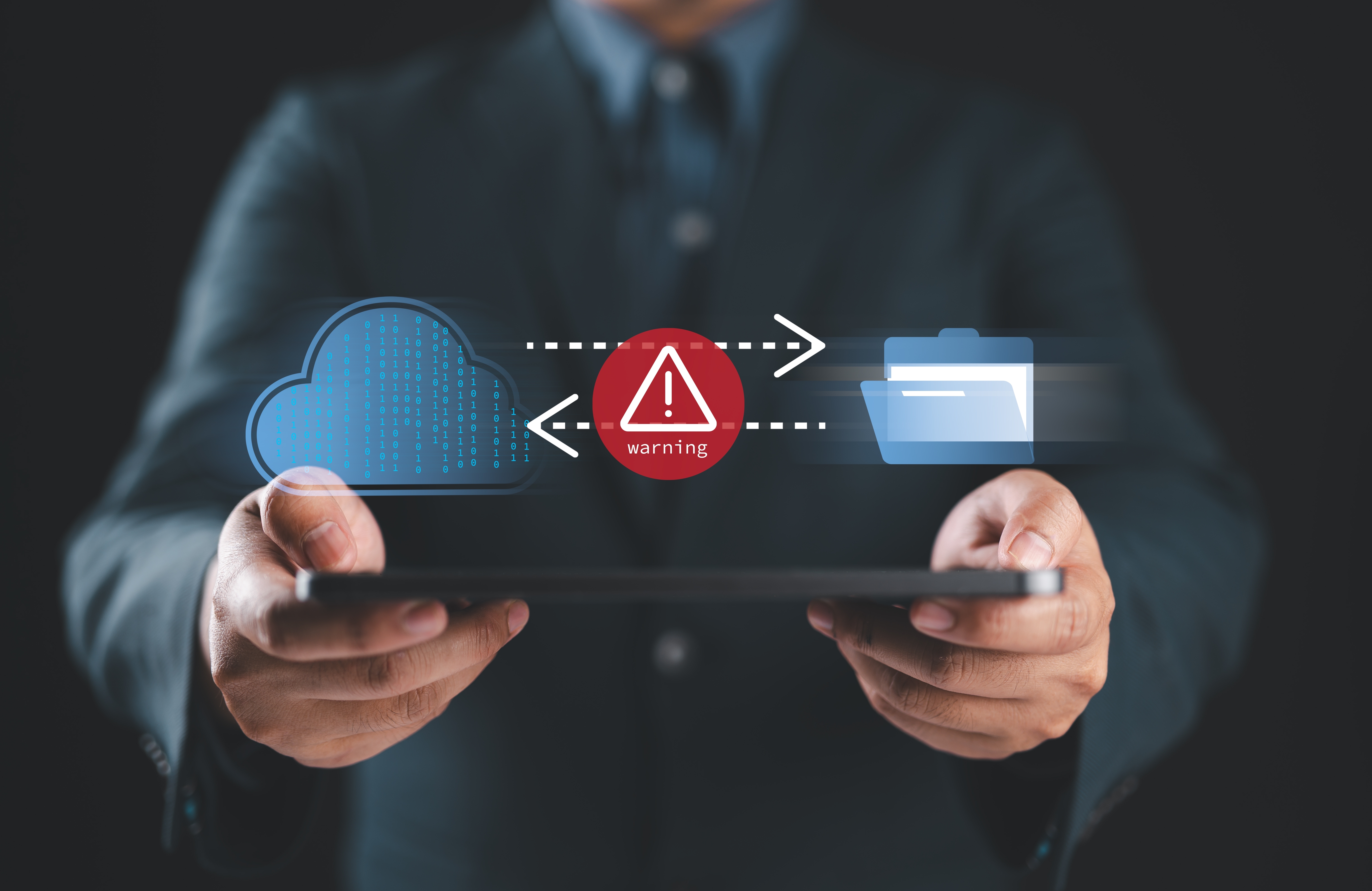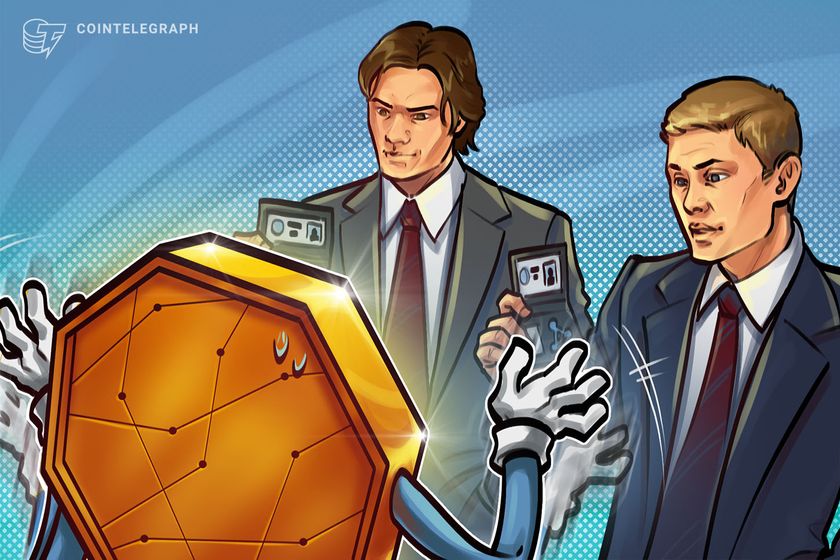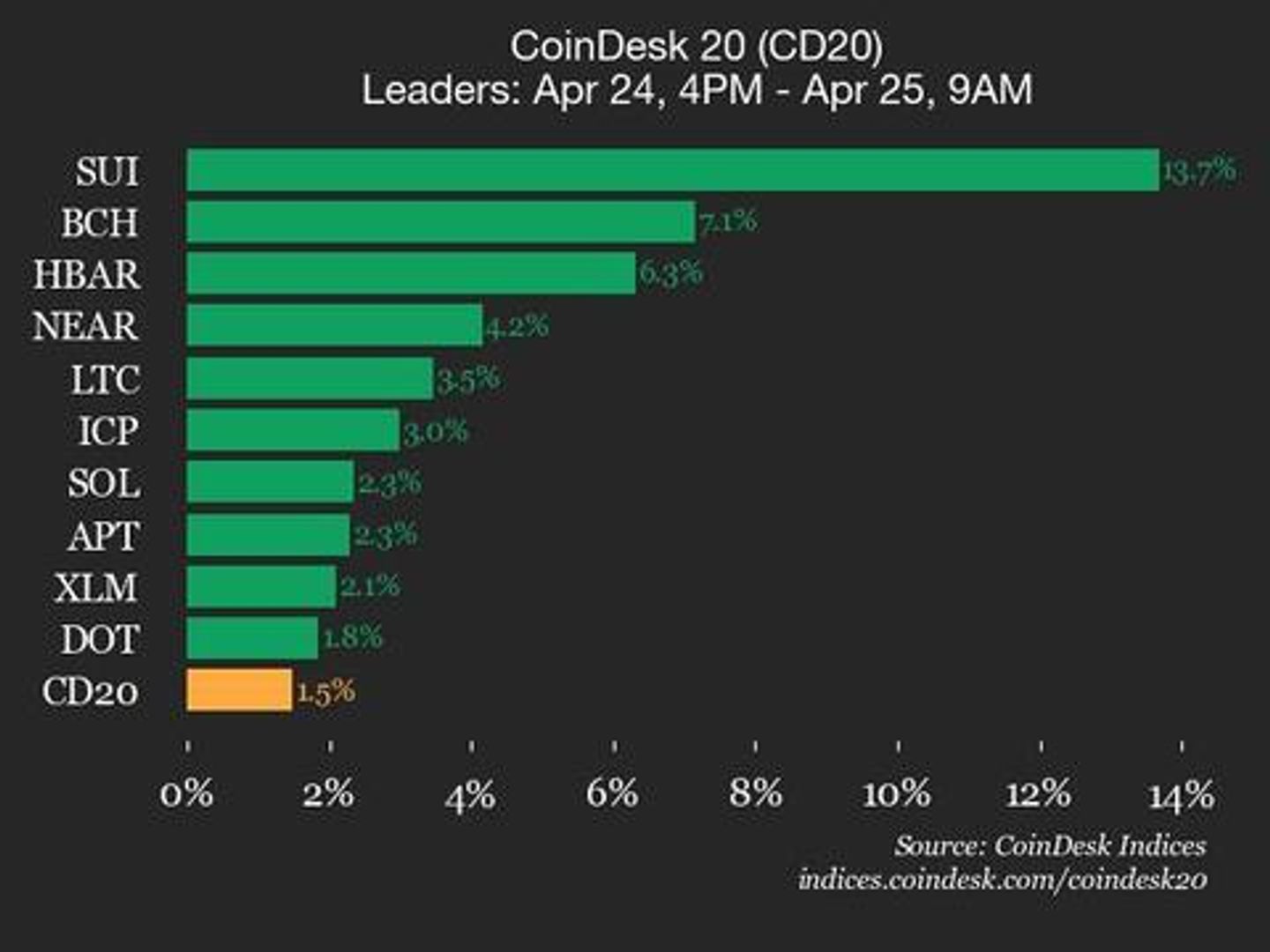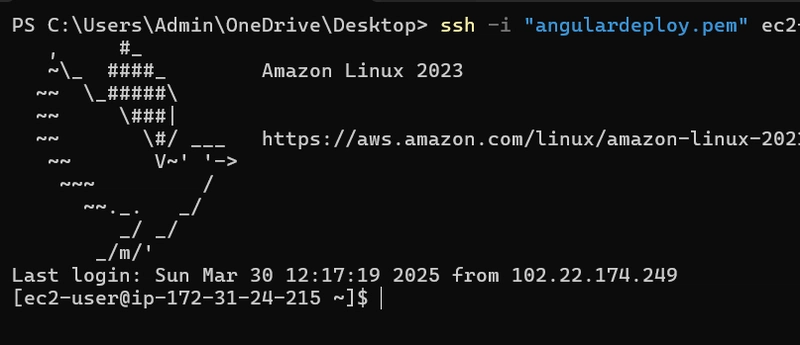Exploring the Intersection of Cyberwarfare and Open Source License Compliance
Abstract In today's digital battlefield, cyberwarfare and open source license compliance have become inextricably linked. This blog post explores how state-level conflicts and modern cyberattacks influence the use, distribution, and legal stewardship of open source software (OSS). We examine historical context, core licensing principles, real-world applications, and strategies for ensuring compliance during tumultuous times. As cyber threats and nation-state conflicts rise, understanding how OSS licenses function under pressure is critical for developers, organizations, and policymakers alike. Introduction The digital revolution has transformed how we build, share, and secure software. Open source software now powers critical services in government, healthcare, finance, and infrastructure. However, today’s increasingly hostile cyber environment has introduced new risks for open source license compliance. In particular, cyberwarfare creates stressors that affect legal adherence, software security, and ethical innovation. In this post, we dive into the intersection of cyberwarfare and OSS compliance. We connect the dots between evolving cybersecurity threats and the legal frameworks that govern software development. As digital battles intensify, understanding open source license compliance is key not only to avoiding legal disputes but also to maintaining system integrity and trust among communities. For a detailed look into these issues, check out the original article. Background and Context Open source software is defined by its transparency, community-driven ethos, and available source code—all governed by legal terms known as open source licenses. With historical roots in collaboration and knowledge sharing, OSS has transformed industries and accelerated innovation. Today, the widespread adoption of licenses such as MIT, Apache License 2.0 and GNU General Public License has created an ecosystem where each license outlines specific guidelines for copying, modifying, and redistributing code. Evolution of Open Source in a World of Cyber Conflict Historically, the principles behind OSS were based on community trust and mutual collaboration. However, the emergence of cyberwar—whether state-sponsored or criminal—is challenging that trust. Cyberwarfare not only targets infrastructure but also forces organizations to rush deployments, potentially leading to compliance oversights and inadvertent license violations during critical emergency responses. Key aspects of today’s environment include: Cyberattack acceleration: Under duress, organizations may bypass standard compliance checks. Increased integration: OSS is now used in critical sectors, increasing the risk that a breach can have widespread consequences. Legal and ethical challenges: Amid political and cyber tensions, ensuring adherence to licenses while defending against attacks is a major concern. Core Concepts and Features Understanding the interplay between cyberwarfare and OSS license compliance requires a clear grasp of several key concepts. Open Source Licenses and Their Importance Open source licenses are the backbone of digital collaboration. They are legally binding documents that regulate: Usage rights: Who can use the code and under what scenarios. Distribution guidelines: How software can be repackaged and redistributed. Modification rules: Conditions under which software alterations must be made available. These licenses ensure that the code remains open, fostering innovation and community growth while protecting intellectual property rights. Cyberwarfare: Amplifying Non-Compliance Risks In the context of cyberwarfare, increased urgency can compromise established compliance protocols. Several core features of cyberwarfare affecting OSS include: Heightened vulnerability: Rapid deployments may inadvertently omit compliance checks. Adversary exploitation: Hackers can detect and exploit vulnerabilities in systems running non-compliant OSS. Legal consequences: Organizations may face lawsuits or financial penalties if discovered misusing OSS during or after an attack. Consider the table below summarizing different open source licenses alongside their compliance characteristics and risks in cyber scenarios: License Type Key Features Cyberwarfare Implications MIT License Simple, permissive, minimal obligations Less risk—but limited enforcement may lead to misuse in critical systems. Apache License 2.0 Requires patent grants, clear contributor terms Non-compliance may cause patent disputes during cyber crises. GNU GPL Strong copyleft, requires derivative works to share High risk if modifications are not properly disclosed in rapid deployments. Compliance Mechanisms and Risk Management To mitigate the risks associated with non-compliant OSS during cyberwarfare, organizations must embrace robust strategies: Automated Comp
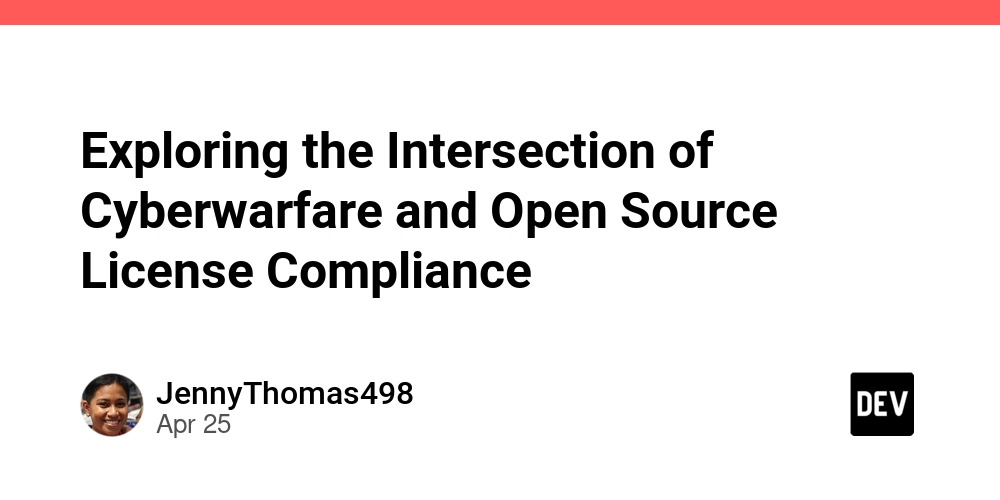
Abstract
In today's digital battlefield, cyberwarfare and open source license compliance have become inextricably linked. This blog post explores how state-level conflicts and modern cyberattacks influence the use, distribution, and legal stewardship of open source software (OSS). We examine historical context, core licensing principles, real-world applications, and strategies for ensuring compliance during tumultuous times. As cyber threats and nation-state conflicts rise, understanding how OSS licenses function under pressure is critical for developers, organizations, and policymakers alike.
Introduction
The digital revolution has transformed how we build, share, and secure software. Open source software now powers critical services in government, healthcare, finance, and infrastructure. However, today’s increasingly hostile cyber environment has introduced new risks for open source license compliance. In particular, cyberwarfare creates stressors that affect legal adherence, software security, and ethical innovation.
In this post, we dive into the intersection of cyberwarfare and OSS compliance. We connect the dots between evolving cybersecurity threats and the legal frameworks that govern software development. As digital battles intensify, understanding open source license compliance is key not only to avoiding legal disputes but also to maintaining system integrity and trust among communities. For a detailed look into these issues, check out the original article.
Background and Context
Open source software is defined by its transparency, community-driven ethos, and available source code—all governed by legal terms known as open source licenses. With historical roots in collaboration and knowledge sharing, OSS has transformed industries and accelerated innovation. Today, the widespread adoption of licenses such as MIT, Apache License 2.0 and GNU General Public License has created an ecosystem where each license outlines specific guidelines for copying, modifying, and redistributing code.
Evolution of Open Source in a World of Cyber Conflict
Historically, the principles behind OSS were based on community trust and mutual collaboration. However, the emergence of cyberwar—whether state-sponsored or criminal—is challenging that trust. Cyberwarfare not only targets infrastructure but also forces organizations to rush deployments, potentially leading to compliance oversights and inadvertent license violations during critical emergency responses.
Key aspects of today’s environment include:
- Cyberattack acceleration: Under duress, organizations may bypass standard compliance checks.
- Increased integration: OSS is now used in critical sectors, increasing the risk that a breach can have widespread consequences.
- Legal and ethical challenges: Amid political and cyber tensions, ensuring adherence to licenses while defending against attacks is a major concern.
Core Concepts and Features
Understanding the interplay between cyberwarfare and OSS license compliance requires a clear grasp of several key concepts.
Open Source Licenses and Their Importance
Open source licenses are the backbone of digital collaboration. They are legally binding documents that regulate:
- Usage rights: Who can use the code and under what scenarios.
- Distribution guidelines: How software can be repackaged and redistributed.
- Modification rules: Conditions under which software alterations must be made available.
These licenses ensure that the code remains open, fostering innovation and community growth while protecting intellectual property rights.
Cyberwarfare: Amplifying Non-Compliance Risks
In the context of cyberwarfare, increased urgency can compromise established compliance protocols. Several core features of cyberwarfare affecting OSS include:
- Heightened vulnerability: Rapid deployments may inadvertently omit compliance checks.
- Adversary exploitation: Hackers can detect and exploit vulnerabilities in systems running non-compliant OSS.
- Legal consequences: Organizations may face lawsuits or financial penalties if discovered misusing OSS during or after an attack.
Consider the table below summarizing different open source licenses alongside their compliance characteristics and risks in cyber scenarios:
| License Type | Key Features | Cyberwarfare Implications |
|---|---|---|
| MIT License | Simple, permissive, minimal obligations | Less risk—but limited enforcement may lead to misuse in critical systems. |
| Apache License 2.0 | Requires patent grants, clear contributor terms | Non-compliance may cause patent disputes during cyber crises. |
| GNU GPL | Strong copyleft, requires derivative works to share | High risk if modifications are not properly disclosed in rapid deployments. |
Compliance Mechanisms and Risk Management
To mitigate the risks associated with non-compliant OSS during cyberwarfare, organizations must embrace robust strategies:
- Automated Compliance Tools: Regular audits and automated license tracking reduce human error.
- Training and Awareness Programs: Continuous education on licenses equips developers to avoid pitfalls.
- Community Collaboration: Engaging with communities and established support networks ensures ongoing support and dispute resolution.
For more insights on reducing risks, take a look at risk management strategies.
Applications and Use Cases
Let's now explore real-world scenarios where the intersection of cyberwarfare and OSS license compliance plays out.
Example 1: Government and Infrastructure Protection
Governments worldwide rely on open source software to secure critical infrastructure. During cyber conflicts, fallback protocols must include rapid patch updates and compliance audits to prevent offensive exploits. Government-funded projects heighten the need for strict adherence to licenses, ensuring that software modifications are traceable and legally compliant. Resources like government funding support discuss the importance of securing funding while maintaining compliance.
Example 2: Healthcare Systems Under Attack
Healthcare organizations are increasingly becoming targets in cyberwarfare, where patient data security is paramount. Here, OSS must abide by stringent compliance rules. Non-compliance in software used to manage sensitive patient information can lead to severe legal repercussions and security lapses. Automated OSS inventory tools help these institutions remain compliant during fast-paced software updates.
Example 3: Private Sector and Financial Services
Financial institutions that leverage OSS face similar compliance and cybersecurity challenges. In a high-stress scenario such as a cyberattack on financial transactions, non-compliance not only results in legal issues but also undermines customer trust. Organizations rely on mechanisms like continuous open source developer support. For further reading on supporting developers, refer to the open source developer support programs.
Challenges and Limitations
Even as compliance strategies evolve, several challenges persist in balancing OSS use with cyberwarfare scenarios.
Technical and Operational Challenges
- Integration Under Pressure: When cyber threats escalate, organizations might integrate OSS without thorough license checks.
- Automated Tool Limitations: Although automation helps, tools may not capture all compliance nuances during emergencies.
- Rapid Software Forking: Cyber attackers may fork projects to inject malicious code, compromising compliance and safety.
Legal and Ethical Limitations
- Complex Licensing Requirements: Different OSS licenses impose varied obligations; confusion can lead to unintentional breaches.
- Evolving Legal Frameworks: International laws may not be harmonized, creating gaps in enforcement during cross-border cyber conflicts.
- Ethical Considerations: Developers must balance speed and security with proper acknowledgment of contributions, as highlighted in discussions around ethical software development.
Additional Considerations in Cyberwar Scenarios
- Resource Allocation: Legal and compliance disputes can detract resources from critical cyber defense efforts.
- Vulnerability Windows: Fast patch cycles may overlook license adherence, creating windows of vulnerability exploited by adversaries.
Future Outlook and Innovations
Looking ahead, the intersection of cyberwarfare and open source license compliance is poised for further innovations.
Trends on the Horizon
- Enhanced Automation through AI: Artificial intelligence will increasingly aid in license tracking and automatic compliance reporting. These tools can surface compliance risks in real time, even during cyberwar scenarios.
- Blockchain for Transparency: Blockchain technology may be used to create immutable records of OSS contributions, ensuring that modifications are well documented and compliant with licensing agreements. This could foster secure, transparent OSS tracking.
- Global Harmonization of Legal Frameworks: International bodies might work towards common standards to streamline OSS license enforcement across borders, reducing the risks that come with disparate legal systems.
- Community-Driven Policy Making: The open source community, supported by innovative models such as community engagement strategies, will push for policies that balance rapid technological advancement with robust legal and ethical standards.
Innovations in Funding and Support
- Tokenized Funding Models: Emerging funding methods such as blockchain-based funding and tokenized open source licensing—like those discussed on the License Token blog—offer new ways to financially support compliant OSS projects.
- Developer Sponsorship Networks: Platforms for sponsoring open source maintainers are improving, ensuring that projects remain sustainable even during cyber crises. This is further elaborated in The Power of Sponsoring Open Source Projects.
Table of Future Innovations and Their Impact
Below is a table summarizing key innovations in OSS license compliance and their potential impact on cybersecurity environments:
| Innovation | Impact on OSS Compliance | Potential Cybersecurity Benefit |
|---|---|---|
| AI-Driven Compliance Tools | Real-time license tracking and predictive analysis | Faster detection and resolution of compliance gaps |
| Blockchain-Based Tracking | Immutable audit trails for all software modifications | Enhanced accountability and reduced risks of forking |
| Global Legal Harmonization | Simplifies international OSS user agreements and cross-border legal enforcement | Fewer legal disputes and improved global cooperation |
| Tokenized Funding Models | Provides transparent and decentralized financial support for OSS projects | Increased project sustainability and quicker patch deployment |
Incorporating Best Practices from the Community
The future of OSS license compliance will be driven by community collaboration, as seen in initiatives and discussions such as these valuable contributions:
- Understanding the dynamic world of Fragment Telegram usernames: A deep dive into digital identity
- Exploring the synergy between cyberwarfare and open source intelligence (OSINT)
- The Power of Sponsoring Open Source Projects
These insights promote not only innovative funding and security practices but also strengthen the community’s role in securing software during volatile times.
Strategies for Ensuring Compliance
To safeguard OSS integrity during periods of cyber conflict, organizations must invest in comprehensive compliance strategies. Here are some essential tactics:
-
Develop Robust Protocols:
- Implement automated OSS compliance tools to monitor code contributions and modifications.
- Maintain an updated OSS inventory to identify licensing requirements quickly.
-
Educate and Train Developers:
- Provide regular training sessions on open source license compliance and the specifics of licenses like MIT, Apache, and GNU GPL.
- Emphasize the importance of following proper guidelines even under crisis conditions.
-
Foster Community Collaboration:
- Engage with open source communities to resolve disputes and share best practices.
- Leverage initiatives like open source developer support programs to build resilient networks.
-
Implement Legal and Policy Frameworks:
- Work with policymakers to establish temporary legal protections for good-faith compliance efforts during cyber emergencies.
- Explore frameworks that align with government funding support mechanisms, ensuring projects can transition smoothly under duress.
These methods are not only effective for risk management but are also recognized as industry best practices by experts.
Bullet List: Key Takeaways
- Cyberwarfare challenges OSS license compliance, increasing non-compliance risks under pressure.
- Different licenses (MIT, Apache, GPL) have unique requirements that must be understood and monitored.
- Advanced automated tools and continuous developer training can mitigate compliance errors.
- Community collaboration plays a vital role in resolving disputes and ensuring the long-term sustainability of OSS projects.
- Future innovations such as AI, blockchain transparency, and tokenized funding offer promising solutions for maintaining compliance during cyber crises.
Summary
The convergence of cyberwarfare and open source license compliance is reshaping the landscape of software development and digital defense. As organizations rely increasingly on OSS, maintaining legal and ethical standards becomes paramount, especially under the pressing conditions of cyber conflicts. Through a thorough understanding of license types, proactive compliance strategies, and community collaboration, it is possible to navigate these challenges effectively.
Innovation in AI-driven tools, blockchain tracking, and global legal harmonization promises to elevate the resilience and reliability of open source projects. With the support of community-driven initiatives and enhanced transparency in funding, the future of OSS in the cyber realm looks robust and sustainable.
This discussion underscores that in the face of modern cyber threats, technical experts, policymakers, and developers must work together. By embracing comprehensive compliance strategies, organizations not only safeguard sensitive data but also uphold the trust of a global community that depends on ethical and secure open source practices.
For further exploration into both open source licensing guidelines and the impact of cyberwarfare on the software ecosystem, readers are encouraged to review the original article and additional resources available through renowned platforms such as the Open Source Initiative and the Free Software Foundation.
As the digital world evolves, staying informed and proactive about both technological innovations and legal compliance will be essential for thriving in an era marked by both collaboration and conflict.
By understanding these complexities and preparing for future challenges, stakeholders can ensure that open source software remains not only a tool for innovation but also a resilient asset in a world where cyber threats are ever-present.
Embrace knowledge, collaborate openly, and stay secure!



















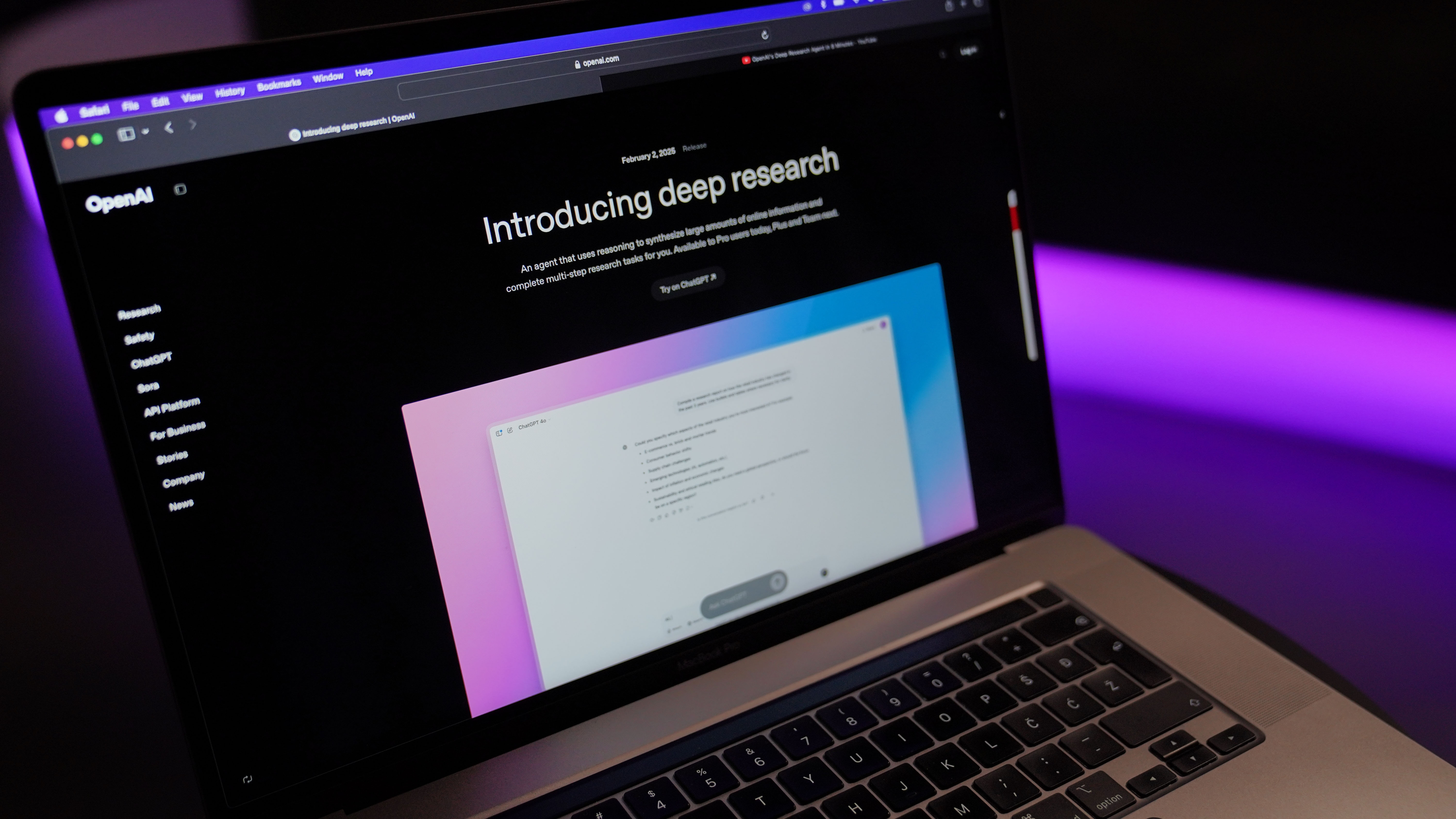

















































































































































![[The AI Show Episode 144]: ChatGPT’s New Memory, Shopify CEO’s Leaked “AI First” Memo, Google Cloud Next Releases, o3 and o4-mini Coming Soon & Llama 4’s Rocky Launch](https://www.marketingaiinstitute.com/hubfs/ep%20144%20cover.png)























































































































































































.jpg?width=1920&height=1920&fit=bounds&quality=70&format=jpg&auto=webp#)























































































_Olekcii_Mach_Alamy.jpg?width=1280&auto=webp&quality=80&disable=upscale#)














































































































![Most iPhones Sold in the U.S. Will Be Made in India by 2026 [Report]](https://www.iclarified.com/images/news/97130/97130/97130-640.jpg)
![Apple to Shift Robotics Unit From AI Division to Hardware Engineering [Report]](https://www.iclarified.com/images/news/97128/97128/97128-640.jpg)

![Apple Shares New Ad for iPhone 16: 'Trust Issues' [Video]](https://www.iclarified.com/images/news/97125/97125/97125-640.jpg)















